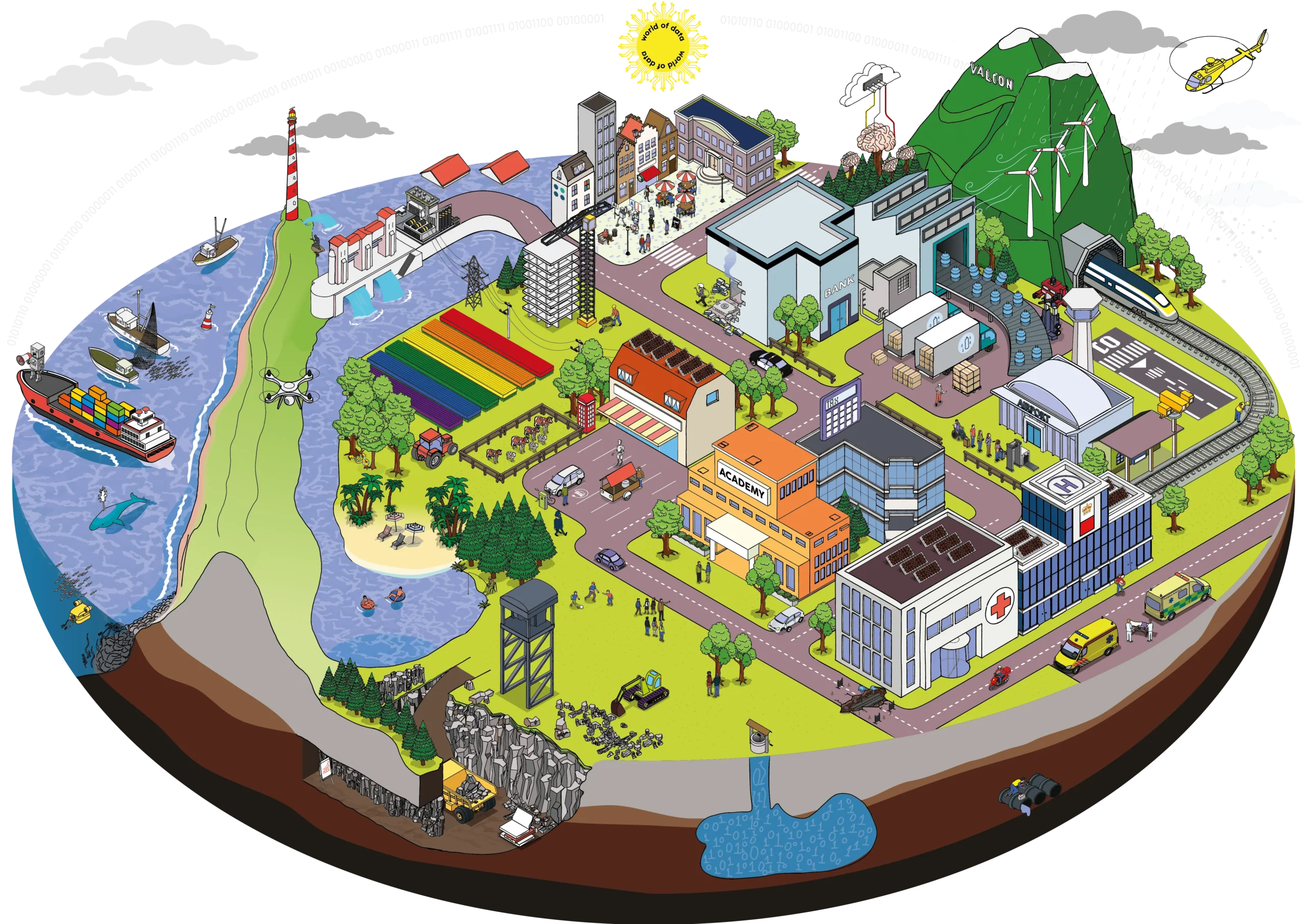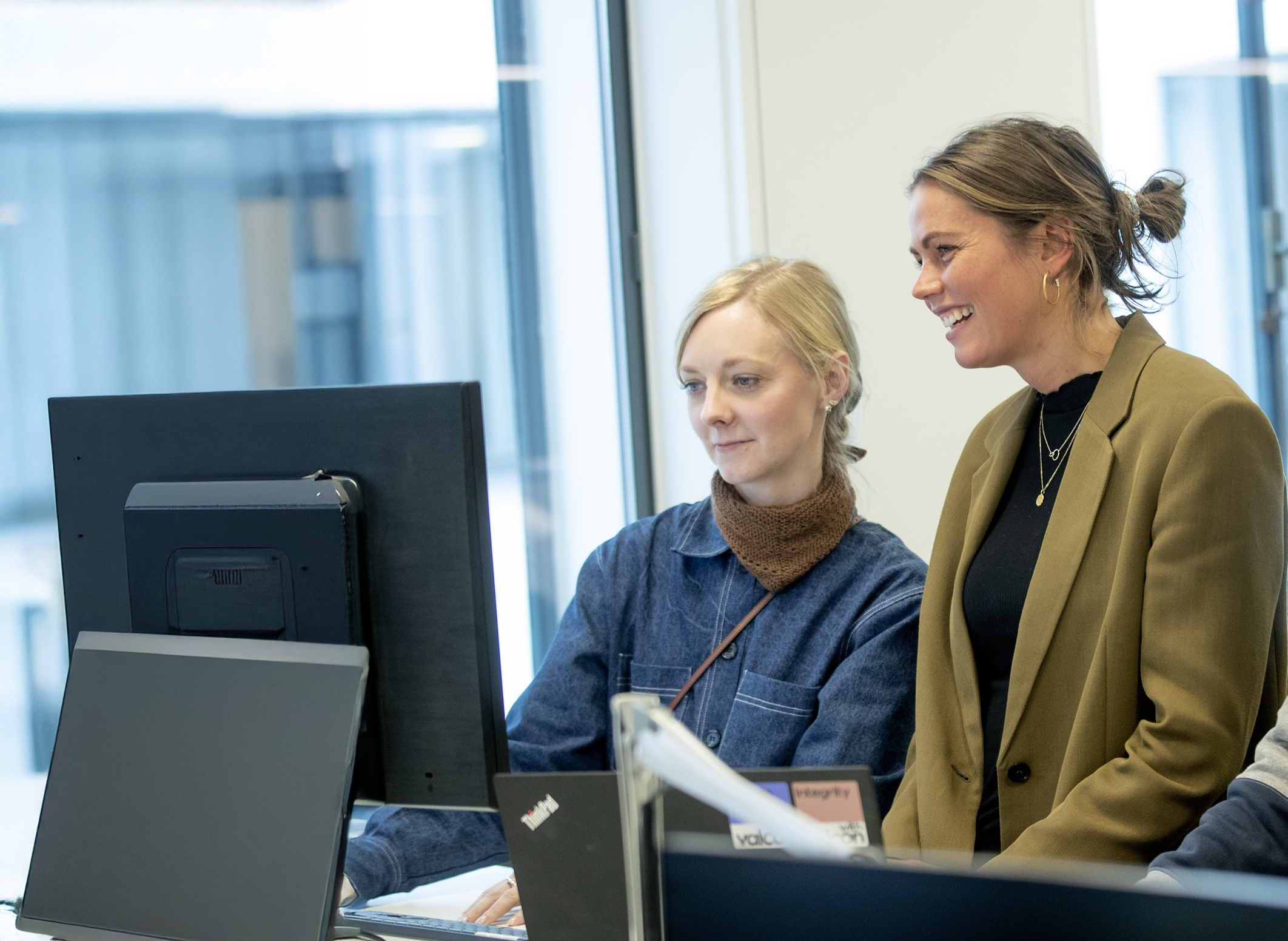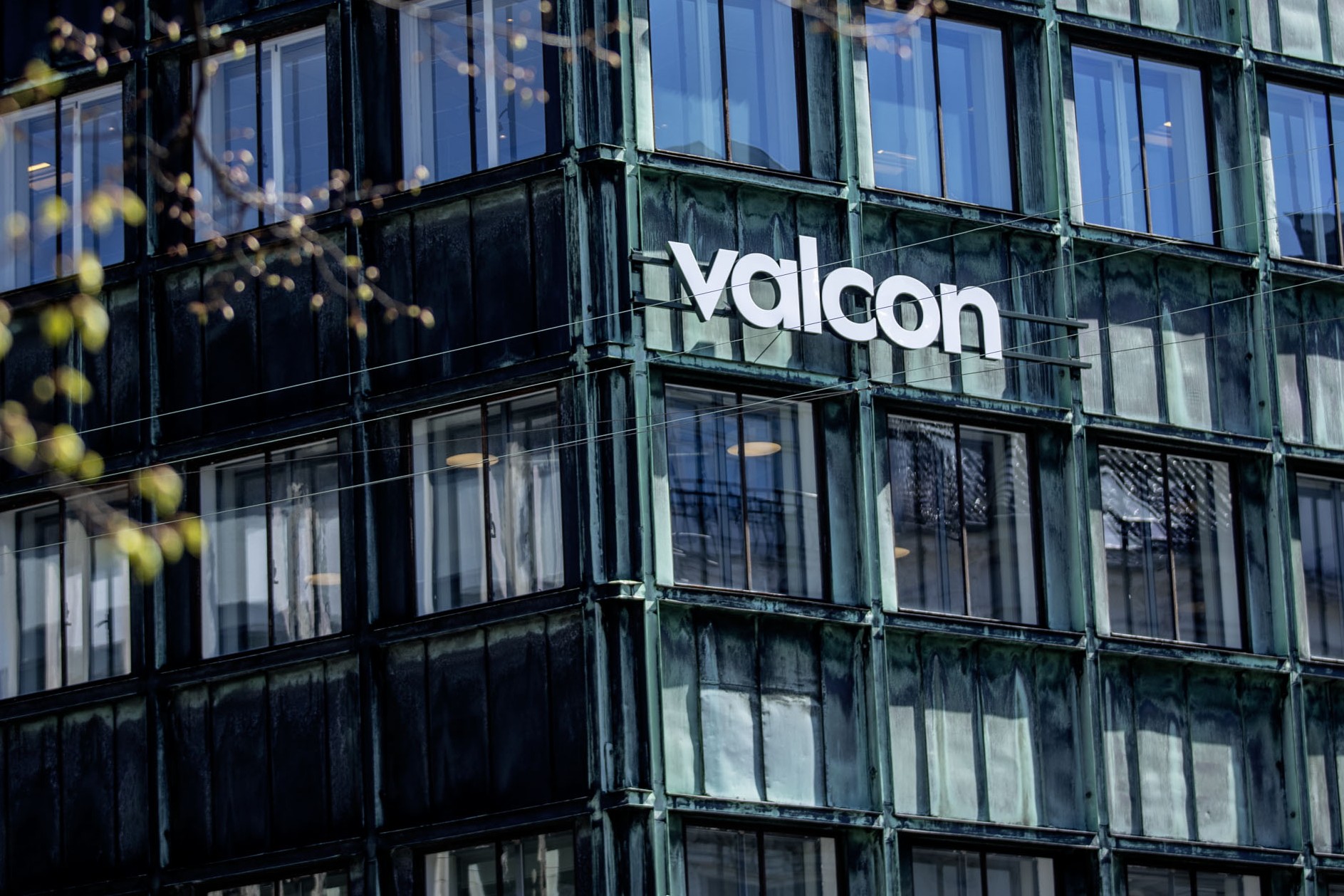From diagnosing cancer to detecting fraud, computer vision (CV) is transforming industries. By 2029, the CV market is projected to double to USD 39 billion – a testament to its growing impact on business and society.
CV enables machines to acquire vision, like humans. It can identify objects and patterns in images and videos and then take appropriate action. For example, CV can detect fake ID cards, spot cracks in roads, or flag defects during quality inspections. When applied in other business contexts, it can enhance operational efficiency in areas such as asset management, manufacturing, agriculture and healthcare. In medicine, CV assists in analysing X-rays, MRIs and CT scans, improving diagnostic accuracy and speed.
The power of CV lies in its almost limitless scale, speed and consistency. It can process vast amounts of visual data far faster than humans while maintaining uniform standards.
Yet, despite its promise, CV adoption often lags behind other AI technologies, such as generative AI for chatbots. Many projects stall at the pilot stage, wasting valuable time and resources. To bridge this gap, businesses must focus on three critical aspects of planning and implementation to ensure CV solutions deliver lasting value.
Build a strong business case
A successful CV project starts with a clear and well-defined business case. Identify processes that can be automated and estimate the potential value of doing so. Remember, CV solutions involve upfront investment in cameras and application development, along with ongoing operational costs for computing resources. And consider whether a simpler or less expensive solution could achieve similar results.
CV is most effective for simple, repetitive tasks. For complex or highly variable processes, simplifying the task can improve feasibility and ensure competitive value. By focusing on measurable outcomes and realistic goals, you can lay a solid foundation for success.
Design the CV architecture
A well-designed CV architecture is critical because it ensures the solution delivers meaningful results, aligns with your business needs, and remains cost-effective. Poor design can lead to inefficiencies, inaccurate outputs and wasted resources. To avoid these pitfalls, we focus on the three key components of CV architecture:
Cameras: assess positioning, specifications, lighting conditions and whether fixed cameras or drones are required. To manage costs, leverage existing camera infrastructure when possible.
Software: focus on simplicity. Define the minimal processing pipeline needed to achieve meaningful results. Pre-trained models or existing datasets can often be used for tasks involving common objects like people, vehicles, or phones. For specialised applications, ensure high-quality training data is available.
Business processes: determine whether the CV application should run continuously, periodically, or on demand. Avoid overwhelming stakeholders with excessive outputs by setting realistic expectations and calibrating the system’s sensitivity.
Adopt an agile development approach
Agility is the third key to success in CV projects because these systems must perform in dynamic, real-world conditions. Factors like lighting, weather, and camera angles can affect accuracy, making it essential to iterate quickly and refine the solution as challenges arise. Unlike traditional software, CV models depend on training data, and performance can shift with new inputs. An agile approach ensures the solution evolves to maintain accuracy and relevance over time.
Start small, test early, and refine based on user feedback. Balance trade-offs between false positives (incorrect detections) and false negatives (missed detections). For example, in safety-critical processes, minimising false negatives is crucial, whereas less critical tasks can tolerate occasional false positives. This tailored approach ensures the system aligns with business objectives.
By focusing on these three aspects – building a strong business case, designing a fit-for-purpose architecture and adopting agile development – businesses can overcome common pitfalls and unlock the full potential of computer vision. With the right approach, CV can drive efficiency, enhance decision-making, and deliver scalable solutions with meaningful business impact.
If you would like to learn more about how Valcon can help your organisation develop a highly effective CV solution, get in touch with Rafaël Mostert at [email protected]













